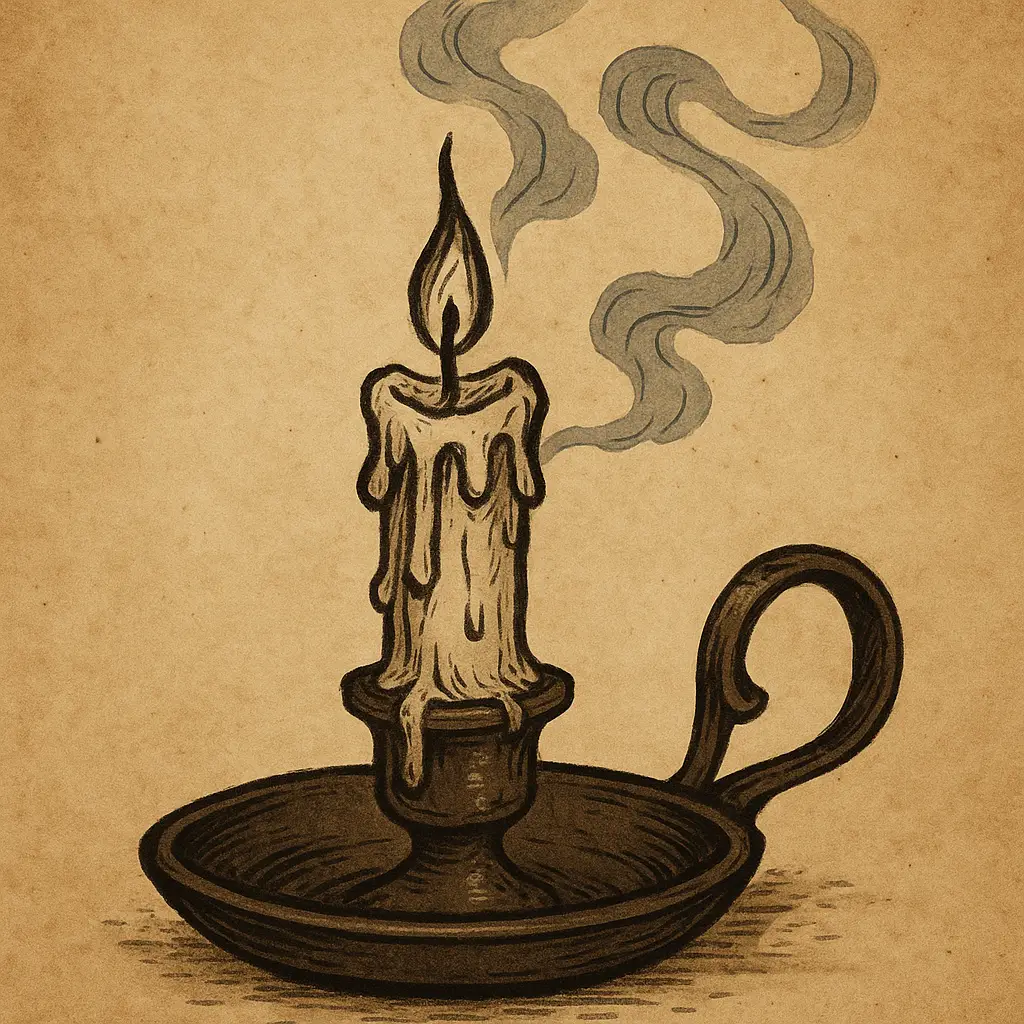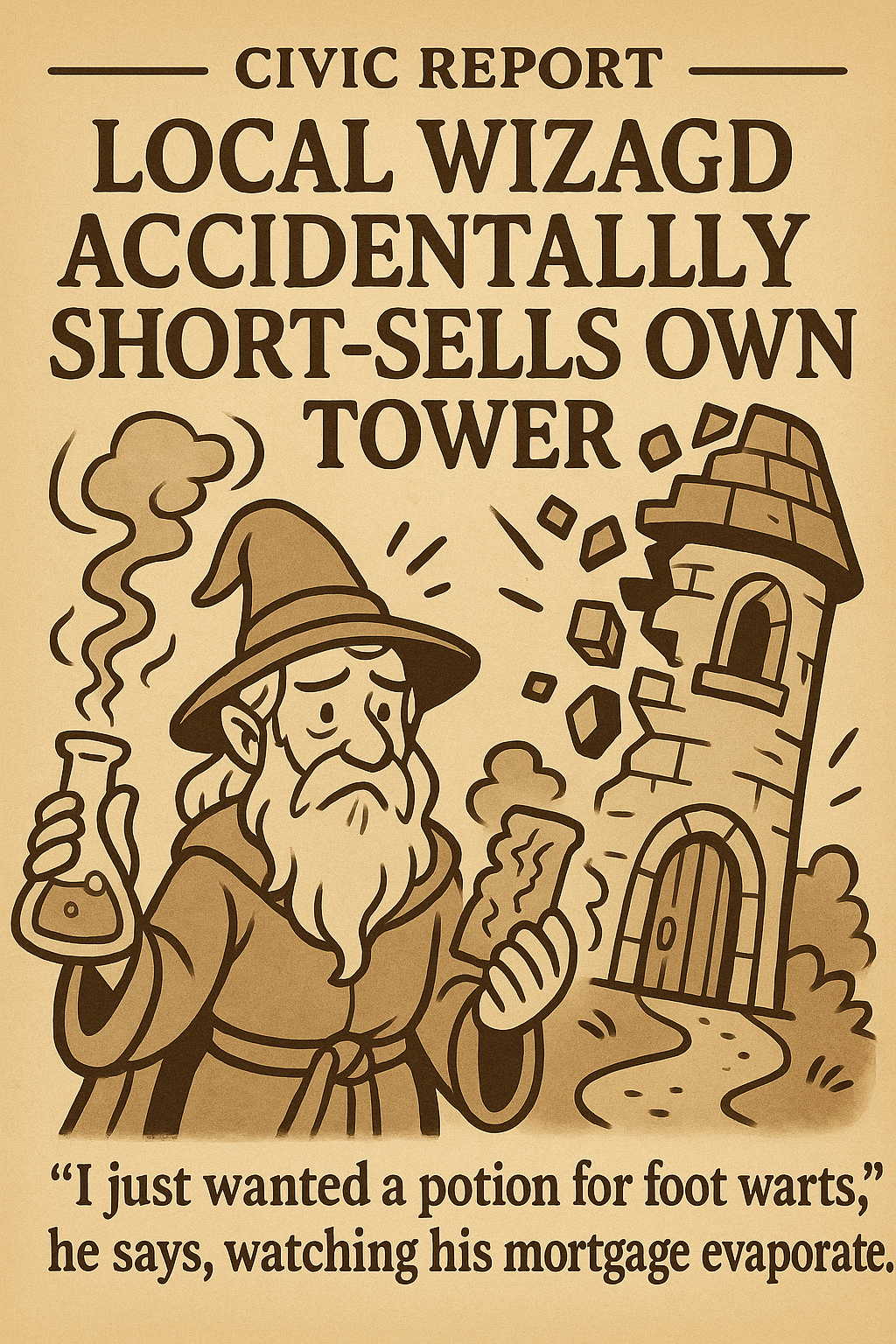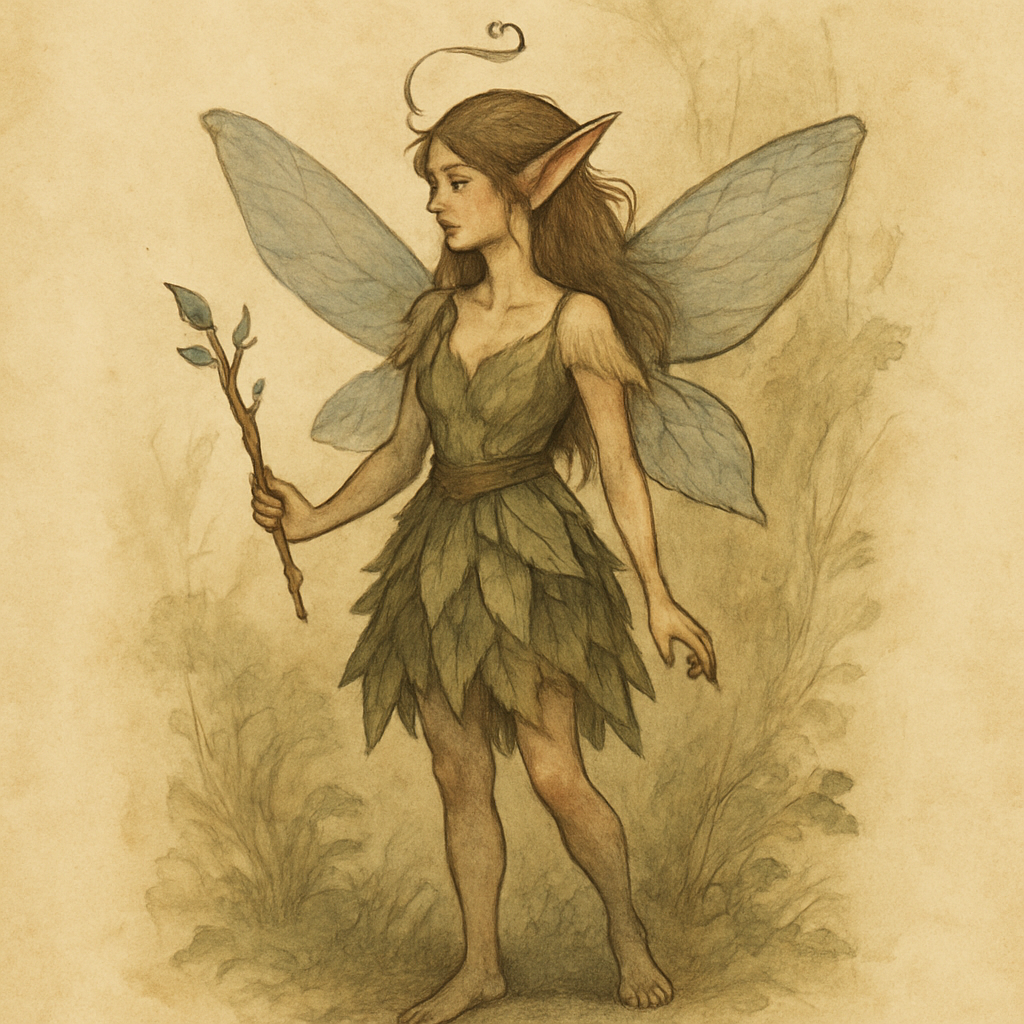How to make your players sweat—for all the right reasons
Sword fights are fun. Treasure is thrilling. Saving kingdoms? Classic.
But nothing sticks in the minds of your players quite like horror.
The creak of a door that no one opened. The flicker of torchlight against something that isn’t there when you turn around. The realization that this town’s smiles are a little too wide. Horror, when done right, transforms your tabletop RPG from an adventure into a visceral experience.
Whether you’re running a gothic one-shot, a full cosmic horror campaign, or just want to make one forest feel… off, this is your guide to creating horror that unsettles, engages, and leaves players nervously laughing after the dice stop rolling.
Let’s light the lantern and step into the dark.
🧠 Why Horror Works in TTRPGs
TTRPGs are inherently intimate. You’re sitting around a table, narrating your fears, actions, and decisions in real time.
This makes horror:
- Personal
- Unpredictable
- Emotional
Unlike movies or novels, horror in TTRPGs isn’t passively consumed—it’s experienced.
The tension is real because your choices shape it.
☠️ Common Horror Themes for TTRPGs
Different horror stories evoke different kinds of dread. Choose your flavor.
1. Gothic Horror
- Creaking manors, tragic villains, romantic decay.
- Think Ravenloft, Crimson Peak, Dracula.
Tools to use:
- Forbidden bloodlines
- Cursed heirlooms
- Betrayals masked by velvet and perfume
2. Cosmic Horror
- The unknowable. The uncaring. The incomprehensible.
- Think Call of Cthulhu, Annihilation, Bloodborne.
Tools to use:
- Sanity mechanics
- Inescapable patterns
- Mutated truth
3. Body Horror
- Physical corruption, transformation, infestation.
- Think The Thing, The Fly, Junji Ito.
Tools to use:
- Descriptions that linger on texture and sound
- Transformation tables
- Moral dilemmas tied to physical cost
4. Folk Horror
- Isolated communities. Ancient rites. Something in the woods.
- Think The Wicker Man, Midsommar, The Witch.
Tools to use:
- Local customs that seem harmless—until they aren’t
- Smiling NPCs with too much certainty
- Festivals with suspiciously few returning guests
5. Psychological Horror
- Dreams. Gaslighting. Haunted memories.
- Think Silent Hill, Hereditary, Session 0 gone wrong.
Tools to use:
- Unreliable narrators
- Identity confusion
- Players questioning what’s real—even in character
🛠 Building Suspense from the Ground Up
Horror isn’t just about jump scares—it’s about the slow build.
1. Set the Tone Early
From session zero, frame the tone:
- Lower lighting
- Whisper narration
- Write handouts in blood-red ink or torn parchment
If your players expect horror, they’ll lean into it.
“You walk into a cozy tavern” hits different when the music cuts out mid-sentence.
2. Pace Like a Horror Film
Use quiet moments to set up tension:
- A hallway that’s too long
- A child’s drawing with one thing wrong
- Something that’s missing—not something that’s there
Then escalate:
- Sounds behind doors
- Scratches that become screams
- Familiar faces that don’t blink
Always let the players feel the moment before the horror strikes.
3. Control Information Flow
- Use limited vision: fog, darkness, magical interference
- Fragment clues across journals, dreams, and whispers
- Make every answer raise more questions
Players fear what they don’t understand.
🎲 Mechanical Tools for Horror
Even mechanics can serve the story.
1. Sanity or Stress Systems
- Losing control creates tension.
- Track small, creeping madness instead of just giant breakdowns.
2. Flashback Mechanics
- Let players discover what they already forgot.
- Unlock memories during key scenes.
3. Countdown Timers
- The ritual completes in five turns.
- The corruption reaches the heart by sundown.
Make time a pressure. Don’t say “soon.” Say “in four hours.”
4. Descriptive Injury Tables
- Let wounds matter: bones crunch, eyes dim, scars stay.
- Add narrative cost to combat, not just hit point loss.
🧍 NPCs That Haunt
A good horror NPC isn’t just creepy. They’re compelling.
Design Tips:
- Give them a hook: a phrase, posture, sound, or smell.
- Let them be too helpful, too calm, or too familiar.
- Give them secrets—but never all at once.
Bonus Trick: Have an NPC the players trust… change. Not visibly. Slowly. Subtly. Until they’re afraid to talk to them at all.
🪞 Horror Without Losing Agency
Important: Horror should unsettle, not remove control.
Avoid:
- One-sided illusions that railroad players
- Constant failure with no options
- Death traps disguised as storytelling
Instead:
- Let players make real, awful choices
- Reward caution and cleverness
- Allow escape… but not without cost
Fear is more satisfying when the players are part of the outcome.
🧩 Story Hooks to Spark Horror
Use one of these to start your next horror arc:
- The village has no children—but every home has toys.
- A song plays at midnight. Those who hear it forget their name.
- A woman is found frozen in the river—still blinking.
- Every mirror in the city has gone missing. No one knows who took them—or why.
- A castle appears once a month. It’s different every time.
Drop the hook. Watch them unravel.
🧠 Final Thoughts: Fear Is a Flavor
Horror is a tool, not a genre box.
Use it to:
- Shake up a heroic campaign
- Deepen roleplay
- Explore characters’ fears
- Add weight to victories
You don’t have to run a full horror campaign. But if you’ve never watched your players pause mid-breath because something in the dark just exhaled louder, you’re missing out.
Add shadows. Add silence. Let them fear what comes next.
And when the candle goes out?
Roll initiative.


